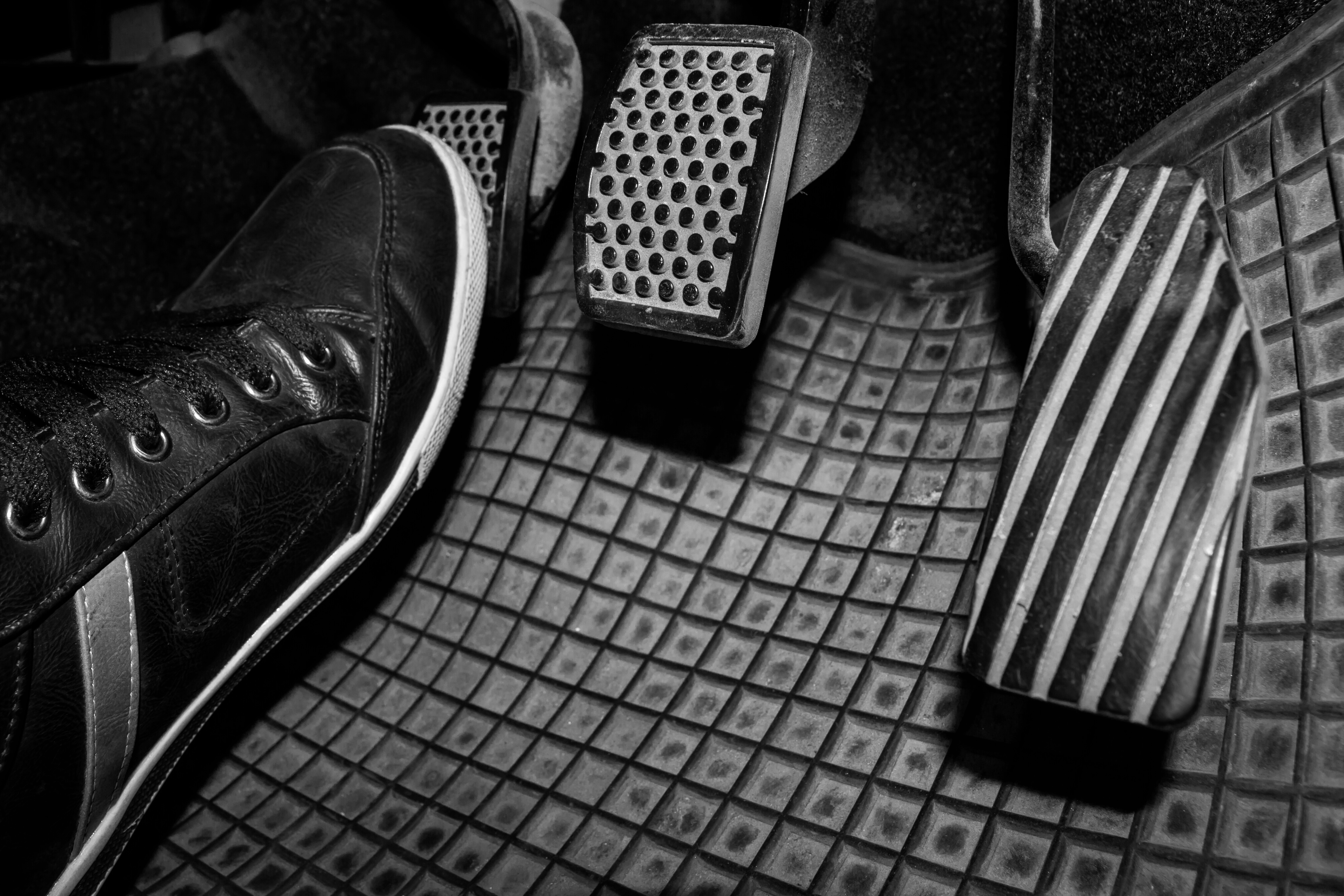Many learner drivers struggle to get to grips with clutch control, it can become a real issue if they don't get the hang of it quickly and they may stall the car. At DRIVE 321 we want to help our learners pick up important things such as clutch control as quickly as possible, which is why our driving instructors will teach you how to learn clutch control easily. We have also put together this handy guide to help you better understand how the clutch works and what our top tips on learning clutch control are.
What is clutch control?
Clutch control is an element of manual car driving which you just can’t get away from or avoid. If you can master it at the beginning, you will be laughing later when you approach your driving test. The first thing you should do in learning how to improve your clutch control is try to understand how the clutch works.

How does a car clutch work and how to move away using the clutch:
- Remember the engine plate is connected to the engine which provides the power to turn the wheels
- Remember the clutch plate is connected to clutch which moves the wheels.
- When you press the clutch down with your left foot you disconnect the engine plate from the clutch plate.
- When the car is in gear (lets assume 1st gear at 0mph) you should then bring the clutch up slowly towards the biting point. When the clutch is at the biting point, it’s important you hold your left foot still so the two plates can connect together smoothly. If you don’t hold the clutch at the biting point long enough and you bring it up quickly the car will stall.
- Assuming the handbrake is down, the car should begin to move slowly if you are holding the clutch at the biting point
- To go faster or move away more promptly, you should set the gas before bringing the clutch up any higher – if you don’t do this you will stall the car, especially if you are on a hill or trying to move away at a junction.
- As you gradually press the gas, you can gradually bring the clutch up fully. Try to co-ordinate them together.
- When the clutch is up fully and the car is moving the car is now in drive and the engine plate and clutch plate have successfully joined together
Use of clutch
You're probably aware that correct use of the clutch plays a major role in operating a vehicle. The following are ways the clutch will help to operate a vehicle:
- The clutch pedal must be used to change gears while driving
- The clutch is used to control the vehicle when coming to a stop, this prevents the car from stalling
- The clutch can also be used to stop the car when travelling at low speeds or when performing manoeuvres such as parallel parking. This technique is called clutch control, when using clutch control the pedal is only half engaged
Clutch control tips
Now we have explained how the clutch pedal works and you hopefully have a better understanding of this, you can start perfecting your clutch control. Using our clutch cpntrol tips will help you master this, practicing hill starts is also a great way of mastering moving off in a car.
- Understand the difference between moving away in a petrol car and a diesel car. Petrol cars will always require gas before the clutch reaches the biting point. Diesel cars (especially when manoeuvring/moving at 0-2mph) often don’t require any gas on flat roads.
- Always ensure the gas is present when trying to move away quickly regardless of fuel type. Co-ordinate gas/clutch together. Some instructors use the term: Seesaw. One foot comes up slowly and the other presses down slowly together.
- If your car is revving but not moving, that’s a sign the clutch needs to come up a bit higher.
- If you car is juddering and struggling to move away, then that’s a sign you don’t have enough gas set.
The driving test marking sheet
- Section 12: Control - Accelerator
- Section 12: Control - Clutch
- Section 12: Control - Gears
- Section 12: Control - Footbrake
- Section 13: Move off - Control